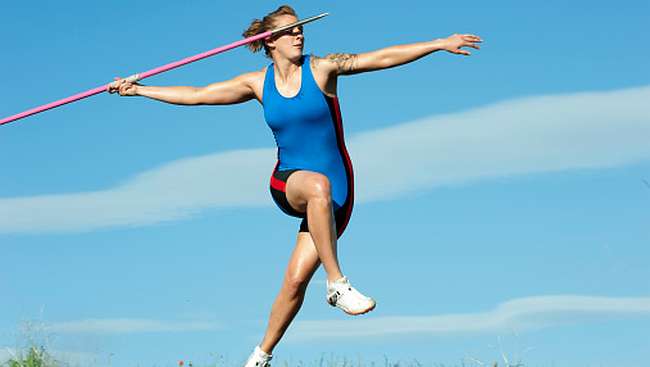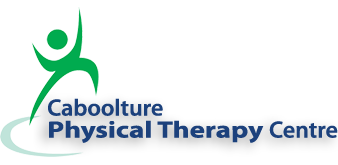Biomechanics refers to the evaluation of any movement technique, such as; walking, running, or the throwing phase of javelin.
Correct biomechanics plays a fundamental role in the performance of any sport/activity, as well as injury prevention. For example, a tennis player with inadequate biomechanics of their serve will result in a reduced power of delivery and would increase risk of injury. A runner who has excessive pelvic tilt can suffer with knee pain or knee injuries.
The occurrence of injury due to incorrect biomechanics is commonly due to overuse, or microtrauma that occurs over an extended period of time (as opposed to an acute, ‘one-off’ injury). Faulty biomechanics may result from primary abnormalities such as; leg length discrepancy & bone deformities; or secondary abnormalities including muscle spasm or reduced muscle length. Anomalies such as these arise as a result of the initial fault. Primary abnormalities such as ‘knock knees’ cannot be altered, however the secondary effects of this can be minimized by compensatory devices such as orthotics or taping.
Your physiotherapist can assess biomechanics, and form a treatment plan to make corrections on technique, and address any other abnormalities which may be causing pain or hindrances in performance.

